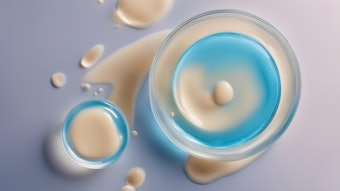Skin cancer and photo-aging both share a common factor: overexposure to UV light. In an attempt to combat these disorders, the American Academy of Family Physicians, American Academy of Dermatology, and the American College of Preventive Medicine all recommend sun avoidance or sun protective measures as a means to prevent these UV-mediated effects. Since sun avoidance is not always an option, consumers are constantly looking for products that can provide adequate UV protection. This, in turn, has spurred cosmetic and personal care product manufacturers to not only search for new materials to combat the adverse effects of UV light, but also to find new methods to test these materials to determine their efficacy. To determine the efficacy of materials, it is essential to understand how UV light affects the skin and how these effects can be measured.
UV Absorption
In order for UV light to exert its effect in the skin, it must be absorbed by a target molecule. Several intracellular molecules have been shown to absorb UV light including: nucleic acids, aromatic amino acids, NADH/NADPH, heme, quinones, flavins, porphyrins, carotenoids, melanin and urocanic acid. The absorption of UV light by these molecules is accompanied by an input of energy that can change the distribution of electrons in the target molecule leaving it in an excited state. Once in an excited state, the excess energy in the target molecule can be dissipated in a number of ways. The molecule can emit fluorescent light, lose the energy as heat, or undergo photochemical reactions that result in the formation of photoproducts or reactive oxygen species (ROS).










